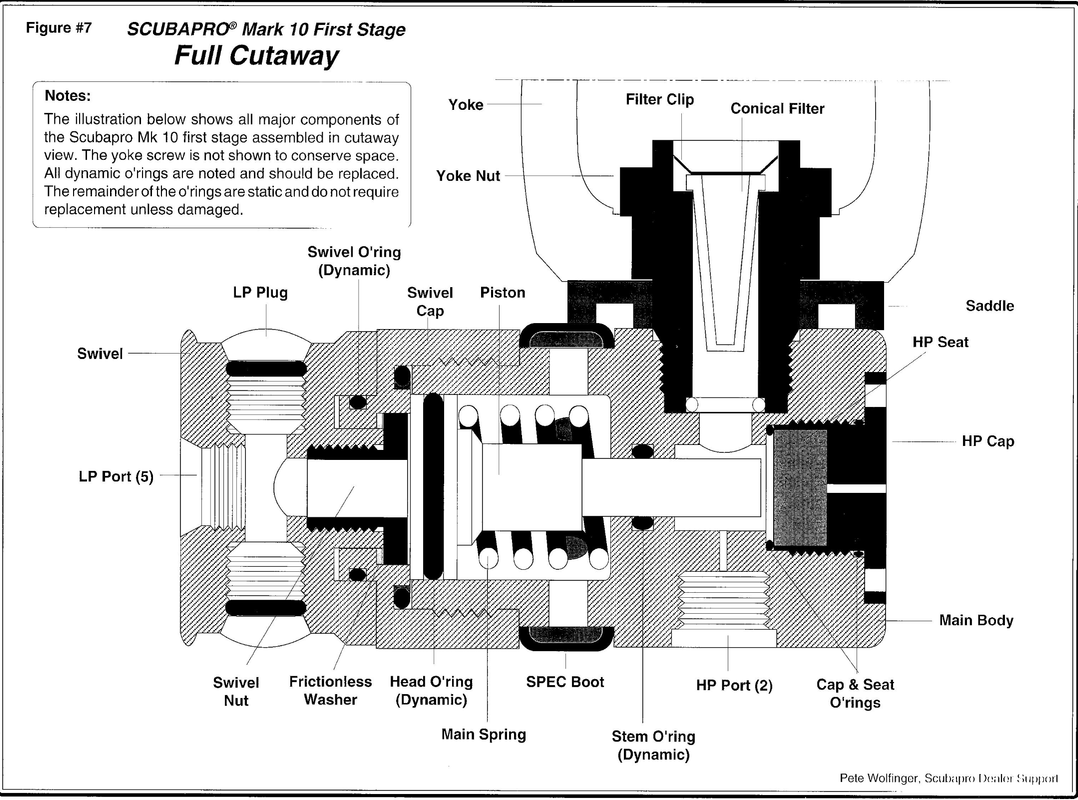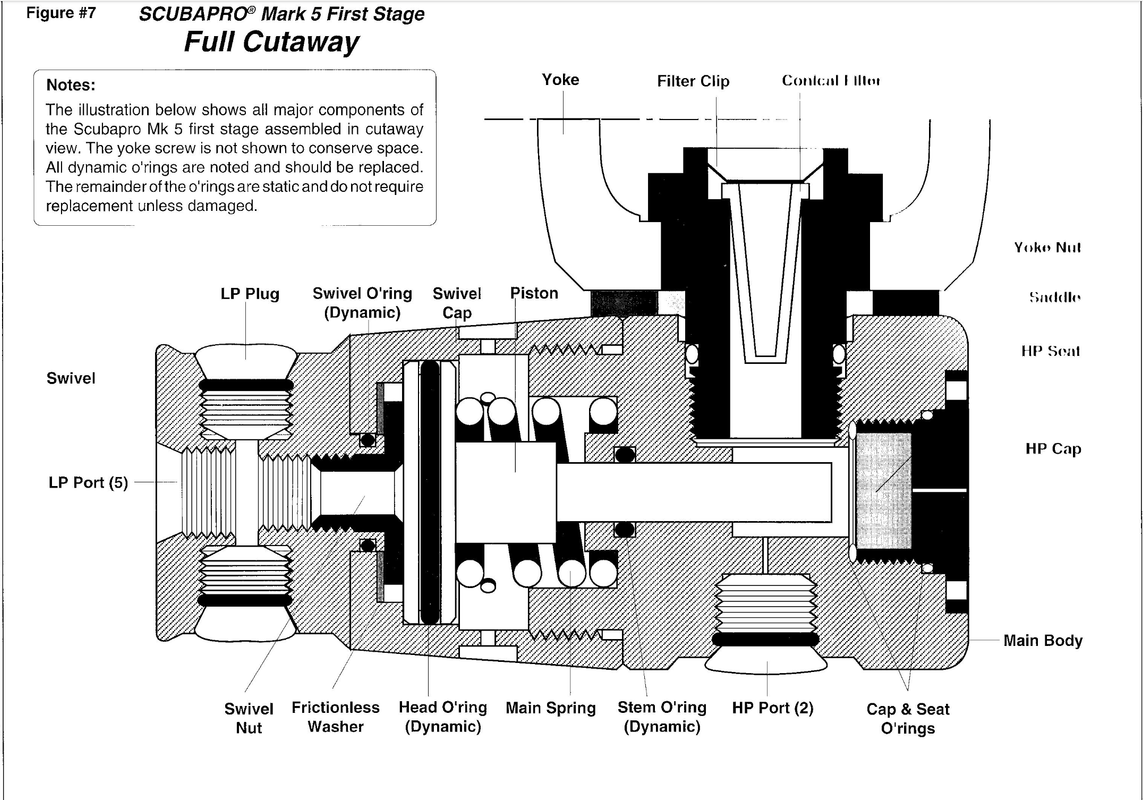halocline
Contributor
It takes time for the salt water to penetrate the threads, similarly it takes time for the fresh rinse water to penetrate and dilute the salt out. Hence the soak, not rinse.I was just saying that if the threads that are exposed to salt water during the dive are just as exposed to fresh water rinse after the dive. And if you do that before the salt water dries, you don't need prolonged soaking.
I wasn't clear in my language, but I was using port plugs as an example of threads that are protected by an external o-ring. So you're right! Hose threads are protected on the 1st stage side, usually not on the 2nd stage side.Not sure what sort of port plugs you are referring to, but every one that I have ever used has the O-ring external to the threads, and there shouldn't be salt water getting to them. Same goes for hoses.
The only threads that are exposed to salt water would be the DIN connection (they are outside of the O-ring), which we both agree get exposed to salt water and need to be cleaned.
Nope, all regulator bodies (that I'm familiar with) have unprotected threads somewhere other than the DIN/yoke retainers. Usually it's either the ambient chamber, HP seat retainer, diaphragm retainer. Sometimes these are pretty fine threads and it's easy for them to pretty eaten up by salt corrosion. I've seen it on dozens of 1st stages. There's also the interior of the ambient chamber in piston regulators.






 .
.